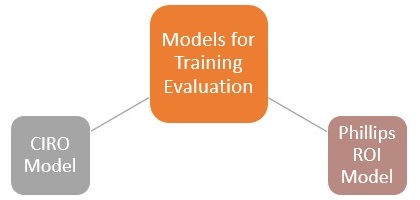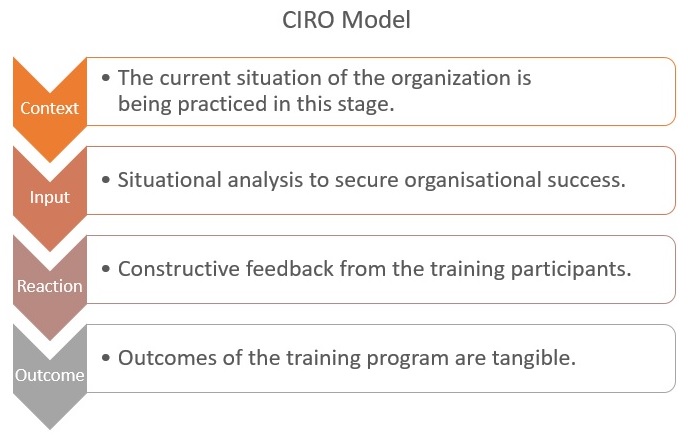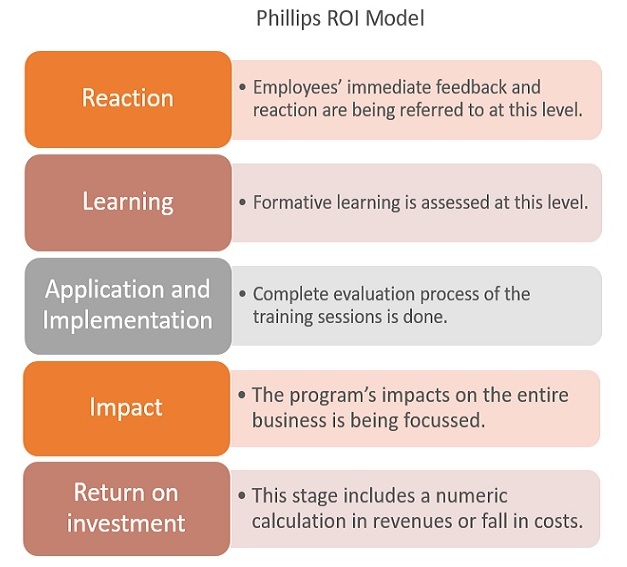
Training evaluation is one of the most important aspects of training. The entire effort invested behind designing, developing, and delivering a training session will be nullified if the effectivity of the training sessions is not assessed and evaluated. The evaluation of the training process will permit the firm to comprehend the extent to which the program has equipped the employees with the skills and knowledge required to boost their performance and satisfy the organisational objectives. The training evaluation process commences from the very point when the content of the program is being determined, until the training has been delivered and learning transfer takes place. There is online trainer training diploma course for professionals that explores the depths of training evaluation and how to do it efficaciously. It hence makes sense for training professionals and managers to participate in these online trainer training diploma courses for professionals in order to strengthen their training abilities. Training evaluation is typically performed by the human resources team of an organisation to locate training gaps and opportunities for training the employees further. Consequently, the quality of the training programs can be magnified and positive returns on investment can be generated in the long run.
Models for Training Evaluation

Training evaluation tends to be a holistic process, and can be quite lengthy and time consuming. Nevertheless, the outcomes procured from a thoroughly performed training evaluation process will make it worth the time and effort. Companies can deploy a set of models that have been devised to perform training evaluation. The multiple online trainer training diploma courses for professionals usually cover a variety of training evaluation models, and also lend a practical insight into how they can actually be implemented in different contexts. Each model has its own sets of benefits and drawbacks, and firms can either only resort to one model, or apply each model to a certain extent. Some of the training evaluation models are as follows:


These are two of the main models, alongside the commonly used Kirkpatrick model which is widely followed by various companies. Online trainer training diploma courses for professionals explore these evaluation models, and also emphasise that while one model or stage may work for one company, it may not be applicable for all.
In addition, the online trainer training diploma courses for professionals and other trainer training programs suggest that training evaluation can be employed by asking the right set of questions. Some of these can be:
To sum it up, training evaluation is extremely vital, and also fairly tricky. Therefore, a lot of training and knowledge is required to effectively perform training evaluation. Online trainer training diploma courses for professionals can be one of the solutions to mastering training evaluation. Likewise, taking an approach that is relevant to your company is of equal importance.
Written By : Shivangi Chakraborty
Centre For Training & Professional Development (CTPD) - The Trading brand of TTA Training Private Limited, India is a ISO 9001:2015 Company




© 2021 - Centre For Training & Professional Development (CTPD). All Rights Reserved. Centre For Training & Professional Development (CTPD) trading brand of TTA Training Pvt. Ltd (India) - CIN U80902WB2016PTC215839, Asia Teachers Training Co., Ltd (Thailand) - Registration No. 0105558193360 & Asian College Of Teachers Ltd (UK) - Company Number 9939942 & Asian College Of Teachers LLC, (USA) - Federal Tax Identification Number 30-1261596
Designed by kreativewebtech